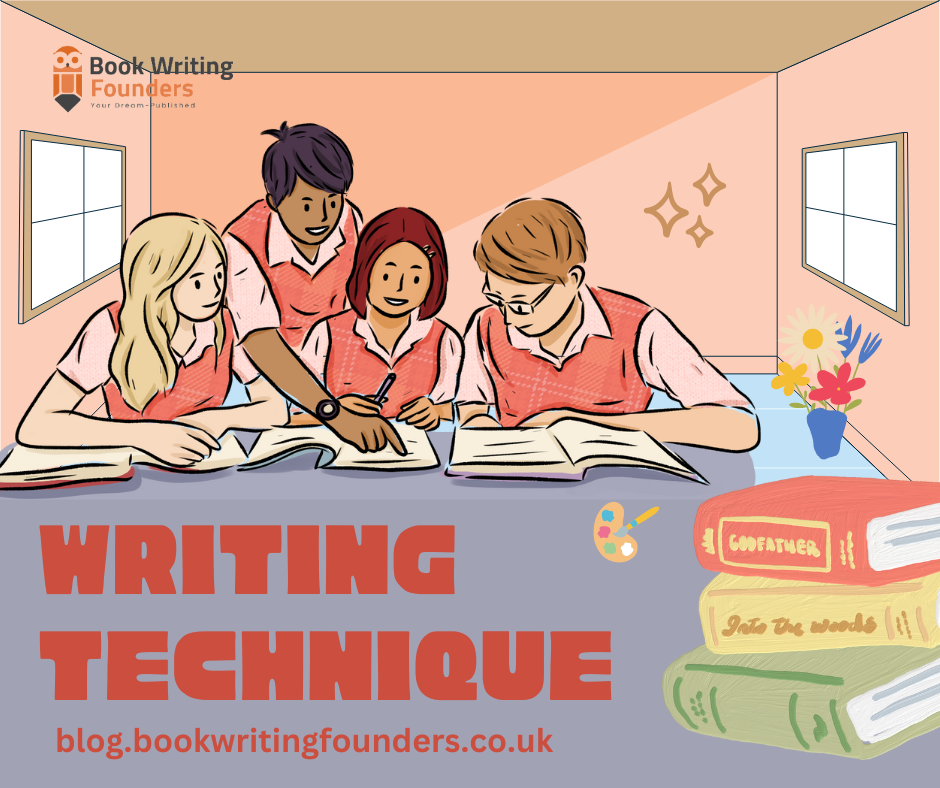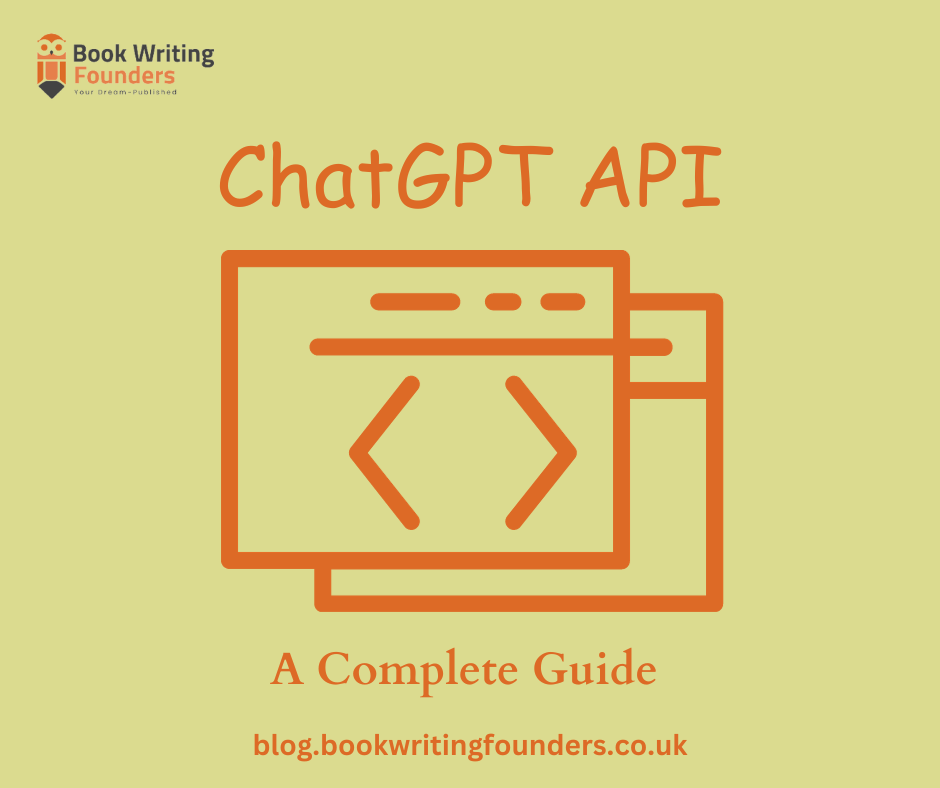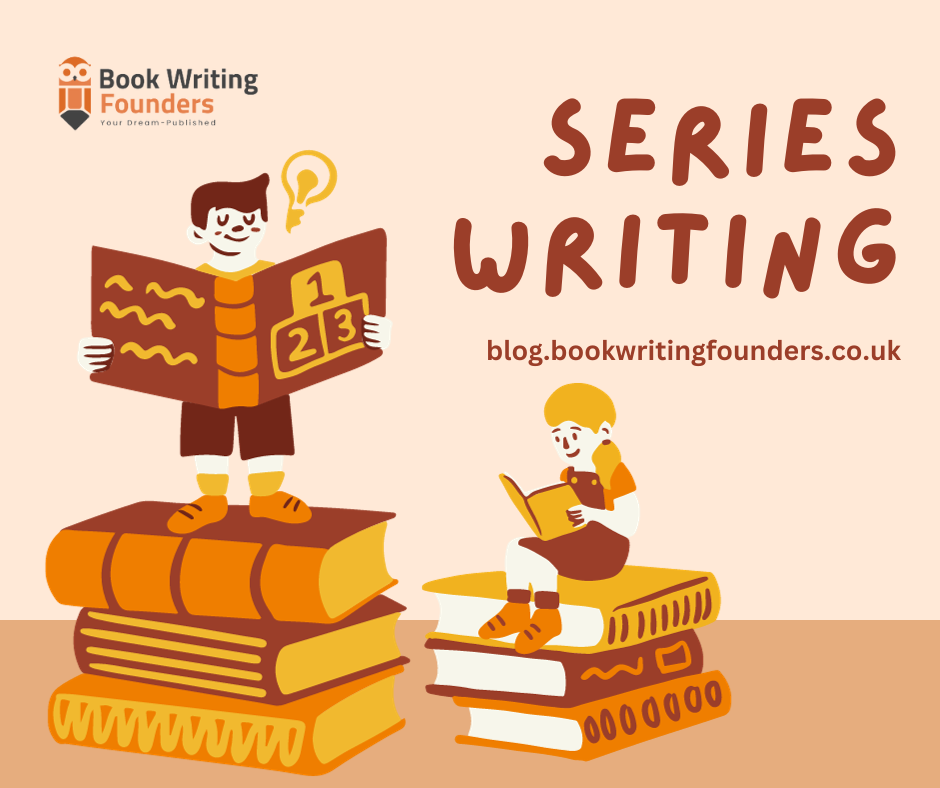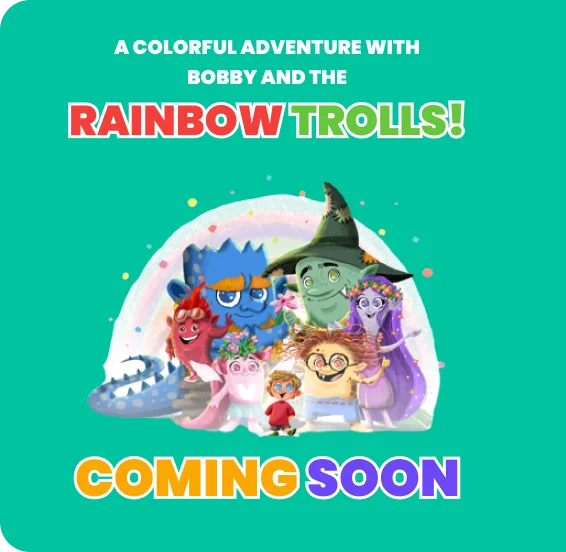
Marketing
Words have a lot of power in the fast-paced world of marketing, where information is fighting for attention in a digital world that is constantly growing.
Good writing can be the key to great marketing campaigns by changing people’s minds, getting them to act, and making lasting connections with them.
Moreover, in the digital age, where online presence reigns supreme, the strategic use of writing techniques becomes crucial for success. Quality writing engages human readers and aligns with SEO strategies, enhancing a brand’s visibility and discoverability.
The Role of Writing Technique in Capturing Audience Attention
A robust strategy that grabs people’s attention is essential in the digital world, where competition is high. Offering value, entertainment, or information that fits the audience’s interests and wants makes content compelling.
Whatever it is—an interesting blog post from Book Writing Founders UK, a helpful movie, or an engaging social media update—well-written and relevant content can stand out from the crowd and grab people’s attention.
Also, engaging content is very important in digital marketing, where algorithms and user behavior determine how visible something is. Search engines like content that is both useful and interesting. This makes it easier for people to find and improves your search rankings.
Tips for Writing Attention-Grabbing Headlines
Crafting attention-grabbing headlines is a Writing Technique that can significantly enhance the effectiveness of your content. Here are some tips to help you create compelling and engaging headlines:
1- Be Clear and Concise:
Communicate the main idea of your content concisely. Avoid ambiguity and aim for clarity to capture the reader’s interest instantly.
2- Use Action Words:
Incorporate strong, action-oriented verbs to convey a sense of dynamism and urgency. Similarly, action words are business writing goals that can evoke emotions and prompt readers to take notice.
3- Create Intrigue:
Pose a thought-provoking question or present a curiosity gap to pique the reader’s interest. Make them curious enough to click and learn more.
4- Emphasize Benefits:
Highlight the benefits or value proposition of your content. Therefore, communicate what readers stand to gain by engaging with your material.
5- Invoke Emotion:
Appeal to emotions through your headlines. Whether humor, excitement, or empathy, connecting with your audience emotionally can make your headlines more memorable.
6- Use Numbers and Lists:
Numbers and lists provide structure and make your content appear more digestible. For example, “10 Tips for…” or “The Top 5 Ways to…”
7- Utilize Keywords:
Integrating relevant keywords into your headlines is also a Writing Technique to improve search engine optimization (SEO) and attract the right audience.
8- Be Unique and Authentic:
Stand out by offering a unique perspective or angle. Authenticity can capture attention, as readers are often drawn to genuine content.
9- Tailor to Your Audience:
Consider the preferences and interests of your target audience. Speak directly to their needs, desires, or pain points to make the headline resonate.
10- Test and Iterate:
Don’t be afraid to experiment with different headline styles. A/B testing can help you identify what resonates best with your audience, allowing you to refine your approach over time. A better way is to hire professional editing services to minimize the errors.
Understanding Persuasive Writing Techniques
Knowing how to use a persuasive book marketing strategy to get people to agree with your point of view, do something, or accept an idea is essential. Here are some of the most important things you need to know to write persuasively:
1- Know Your Audience:
Make sure that the beliefs, interests, and concerns of the people you want to persuade understand your persuasive message. Therefore, you need to understand their point of view to make a strong case.
2- Establish Credibility:
Show that you are informed and trustworthy to gain trust and credibility. Back up your claims with facts, figures, or the views of experts to show that you are credible.
3- Emphasize Benefits:
Clearly articulate the benefits of adopting your perspective or taking the desired action. Help your audience see the positive outcomes and advantages associated with your argument.
4- Use Emotional Appeals:
Appeal to the emotions of your audience to create a connection. Compelling narratives can evoke empathy, sympathy, or excitement, making your message more persuasive.
5- Address Counterarguments:
Acknowledge potential counterarguments and address them logically. Demonstrating an understanding of opposing viewpoints strengthens your argument and showcases a well-rounded perspective.
6- Employ Rhetorical Devices:
Utilize rhetorical devices such as metaphors, similes, and analogies to make your message more vivid and memorable. However, these devices can enhance the emotional impact of your writing.
7- Create a Sense of Urgency:
Encourage prompt action by highlighting time-sensitive aspects or emphasizing the immediate importance of your message. Therefore, creating a sense of urgency in Writing Technique can motivate readers to act swiftly.
8- Use Power Words:
Incorporate solid and persuasive words that convey conviction and passion. Therefore, powerful words can evoke strong emotions and leave a lasting impression.
9- Storytelling:
Weave compelling stories to illustrate your points. Humans are naturally drawn to narratives; storytelling can make your argument more relatable and engaging.
10- Call-to-Action (CTA):
Clearly state what action you want your audience to take. Whether purchasing, subscribing, or supporting a cause, a well-crafted call-to-action guides readers toward the desired outcome.
The Impact of Transparent Writing On Building Trust
Clear writing greatly affects gaining trust and is integral to making communication credible. Therefore, being transparent, honest, and open in your business book writing makes it easier for readers to understand, and it is an excellent Writing Technique. Writing helps build trust in the following ways:
1- Clarity and Understanding:
Transparent writing clarifies information. Readers feel secure in their understanding when the message is easy to understand.
2- Honesty and Authenticity:
Write transparently, to be honest. Authors gain credibility by sharing information, admitting shortcomings, and acknowledging obstacles. A source that admits strengths and flaws is more credible.
3- Open Communication:
Open communication is promoted by transparency. Writers respect and inform readers by providing essential details and being honest about goals. Also, open communication builds trust.
4- Building a Connection:
Transparent writing deepens reader-author-brand connections. Writing about mental processes, decision-making, and beliefs humanizes communication, making it more straightforward for readers to empathize and trust.
5- Accountability:
Transparent writing is owning mistakes and aggressively fixing them. When writers admit mistakes, detail corrective steps, and discuss improvements, accountability builds trust.
6- Avoiding Deception:
Transparency prevents dishonesty. Sources who don’t lie or manipulate are more trusted. Integrity and reliability are built via transparency.
7- Meeting Expectations:
When authors make it clear what their readers can expect, nothing surprises them. This level of predictability builds trust because readers are sure that the information given will meet their wants and expectations.
8- Empowering Readers:
Readers are given the power to make decisions by transparent writing, which gives them the knowledge they need. However, people are likelier to believe a source that gives them information.
9- Long-Term Relationship Building:
Building long-term ties starts with trust. This base is built on transparent writing, which builds trust beyond individual cases to make lasting connections with the audience.
Adapting Writing Style for Social Media Platforms
Social media platforms each have their unique characteristics and audience expectations. Therefore, adapting your writing style for platforms like Instagram, Facebook, Twitter, and LinkedIn is essential for maximizing engagement.
For instance, Instagram favors visually appealing content with concise captions, while Twitter demands brevity due to character limitations. As a professional network, LinkedIn may require a more formal tone than other platforms’ casual atmosphere.
How to craft compelling captions and posts for Instagram, Facebook, and Twitter
1- Instagram:
- Use concise and compelling captions.
- Leverage hashtags strategically to increase discoverability.
- Encourage user engagement through questions or calls to action.
- Emphasize visually appealing and high-quality images or videos.
2- Facebook:
- Craft engaging and shareable content.
- Use a conversational tone to connect with a broad audience.
- Utilize multimedia content, including images, videos, and infographics.
- Leverage Facebook’s features like polls, events, and live video.
3- Twitter:
- Be concise due to character limitations.
- Use relevant hashtags to increase visibility.
- Engage in conversations with followers and other brands.
- Include compelling visuals or links for more information.
Tailoring Content for Various Marketing Channels
1- Email Marketing:
- Personalize messages to increase relevance.
- Craft clear and compelling subject lines.
- Segment your audience for targeted content.
- Include a strong call to action to drive desired actions.
2- Blogs and Websites:
- Provide valuable and informative content and opt for the informative content creation.
- Use an easily scannable format with headings, bullet points, and images.
- Optimize content for SEO to improve discoverability.
- Include internal and external links for further engagement.
3- Video Platforms (YouTube, TikTok):
- Create attention-grabbing thumbnails and titles.
- Deliver content engagingly and dynamically.
- Utilize video descriptions to provide additional information.
- Encourage viewer interaction through comments and likes.
4- Podcasts:
- Develop a conversational and engaging script.
- Optimize audio quality for a seamless listening experience.
- Promote episodes across other platforms for increased reach.
- Include show notes for additional context and resources.
Conclusion
Regarding promotion, the key to success is the good skill of Writing Technique. It’s impossible to deny that words have power, from an honest conversation that builds trust to persuasion that gets people to do things. The shift toward conversational tone, interactive content, and writing that works best on specific platforms makes it even more important to be able to adjust. Learning these writing skills is essential for making lasting connections, changing people’s minds, and running successful marketing campaigns in a world driven by information and interaction.





